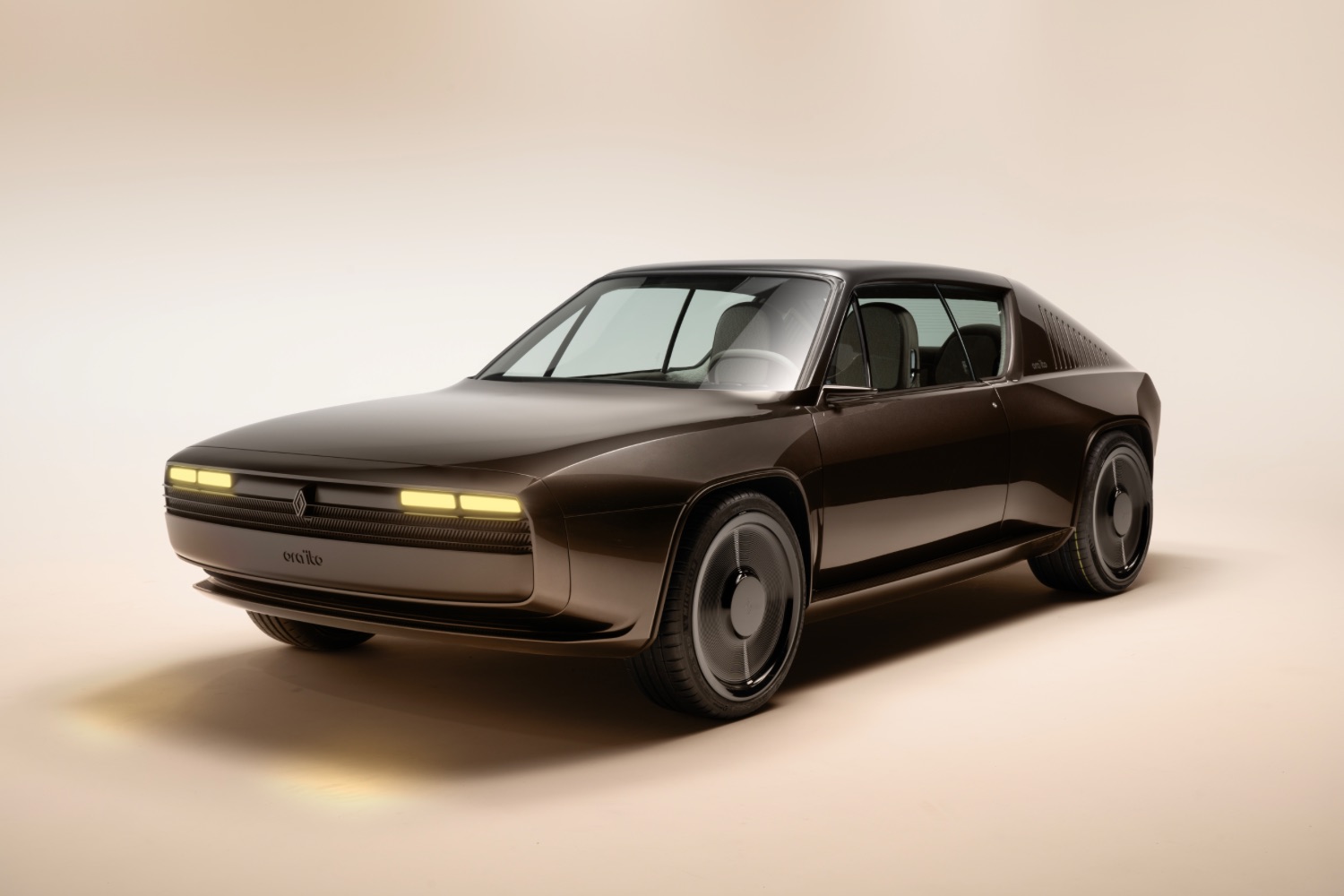OK, hold on everyone. Before you take a gander at the styling and specification of what will, in all likelihood, be the coolest car at the Paris Motor Show, just please bear in mind that Renault is incredibly unlikely to actually put it into production. Alas.
Hang on, is that… could it… is… *hyperventilates*
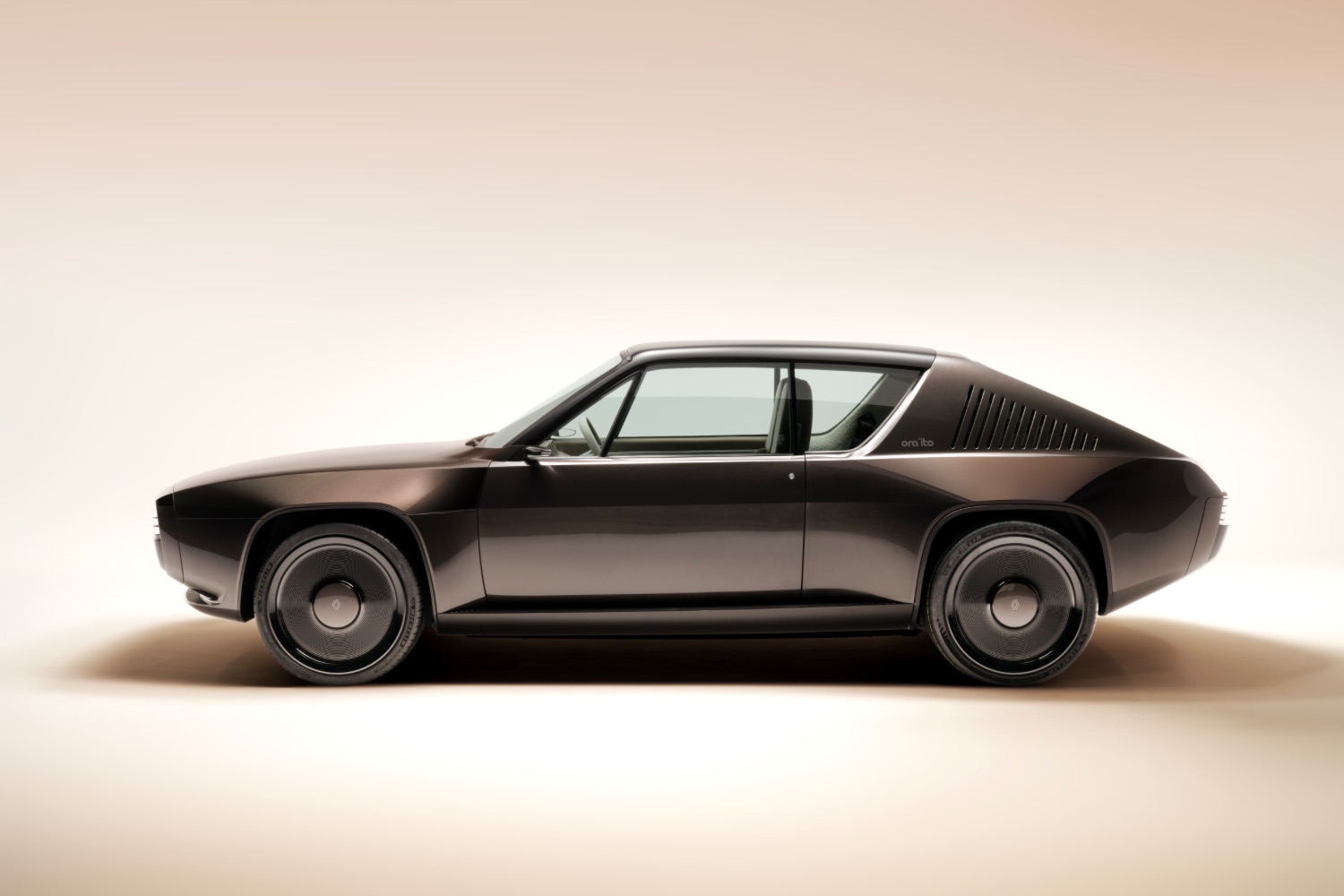
Yes, this is a recreation of a classic 1970s Renault R17 Coupe, the slinky two-door based on the far more humble Renault 12 saloon. First launched in 1971, the R17 was initially available with a 1.6-litre petrol engine driving the front wheels. This time around, it has been binned, and a new 270hp electric motor drives the rear wheels. That part is probably the only truly production-realistic thing about the R17 concept - that same motor will be used in Renault’s next generation of electric cars.
It doesn’t quite look the same as an original R17
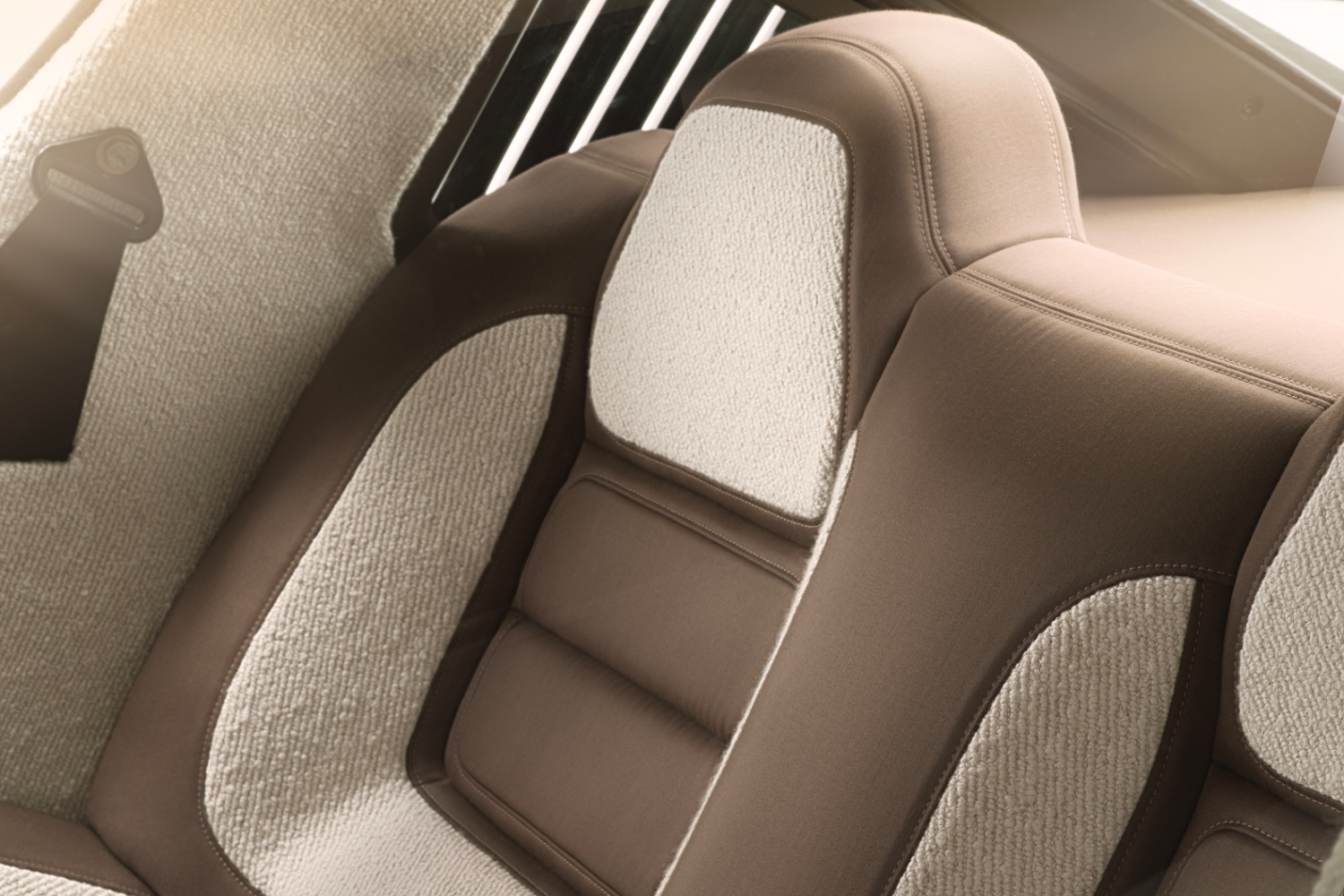
No, it doesn’t. The original’s big quad headlights have been replaced by a quartet of slim LEDs which glow in a classical French yellow. Actually, there’s a surprising amount of original R17 in this concept - a seventies donor car was sourced, and the cabin, doors, windows, glazing, seals and underbody are all pretty much original. The R17 is - appropriately - 17cm wider than the original, to the benefit of road-holding, while much of the structure and the body panels are made of carbon fibre, which helps to keep the car’s weight down to a reasonable - for an EV - 1,400kg. The body colour is a none-more-seventies shade called Galactic Brown.
Is this one of those Renault artist-designed cars?
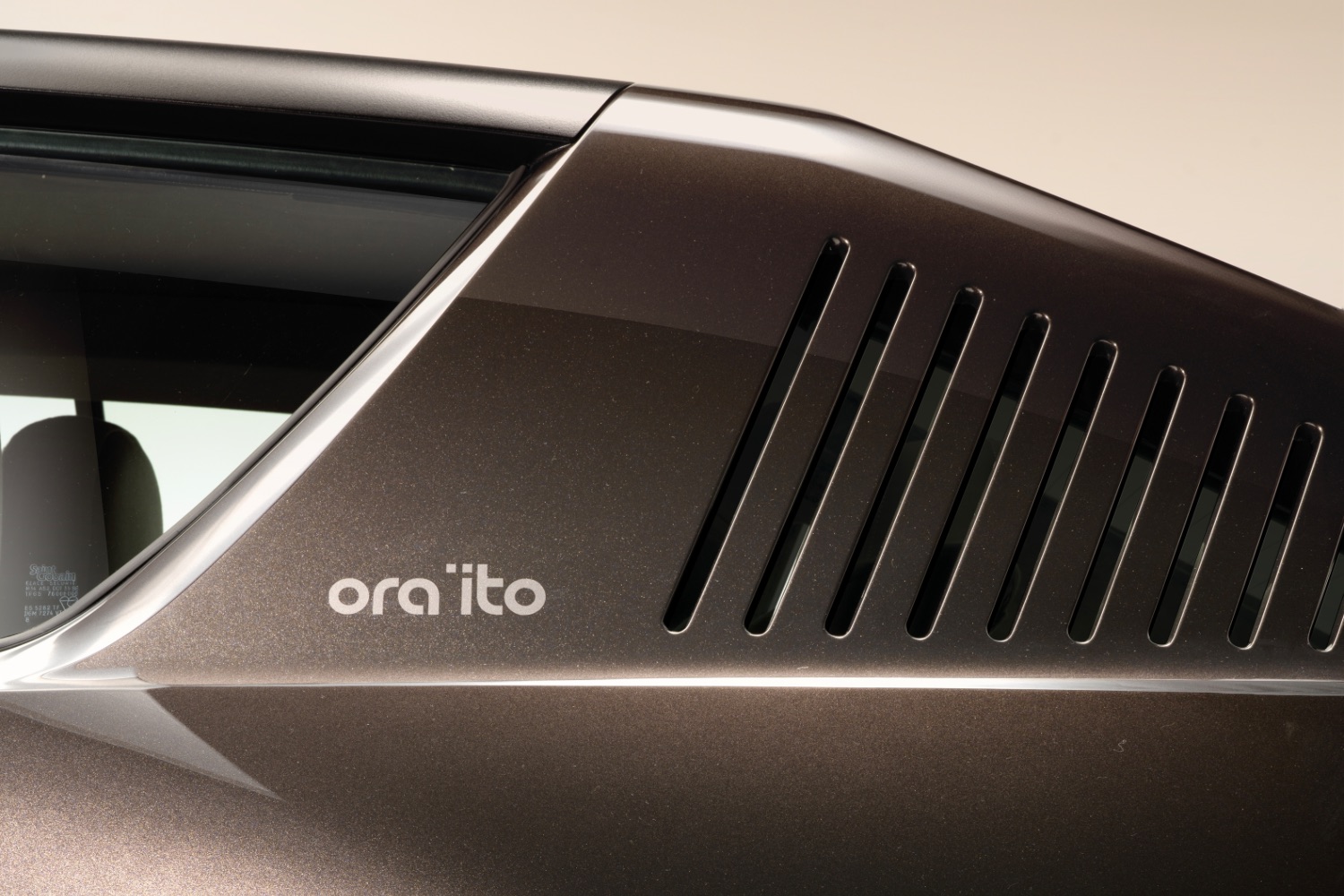
Yes, it is. Previously, Renault worked with the likes of Mathieu Lehanneur, Pierre Gonalons, and Sabine Marcelis to create special versions of classic models such as the Renault 4, 5, and the original Twingo. This time around, Renault has worked with French designer Ora Ïto to create the R17. Ïto is said to be an exponent of ‘simplexity’ - which takes complicated structures and makes them look clean and simple - said: “With Sandeep Bhambra and Gilles Vidal [Renault’s senior design team - Ed], we worked on a theme that was retro-futuristic, almost cinematic. I wanted to drape Renault 17 in a second skin, showcasing the design while giving it a more contemporary look in terms of flow, dynamics and rationality through my own approach to design and my own signature: simplexity. I wanted to simplify the more complex aspects.”
Unlike the retro-styled Renault 5 EV and the new Renault 4 EV - which are modern cars designed to look a bit like classics - this R17 is a ‘restomod’, an original car which has been updated with modern parts and running gear. Hence why it’s sadly extremely unlikely that Renault will actually put anything like this into production. What we can hope is that the R17’s clean, gorgeous lines preview the look of future Renault products.
What about the interior?
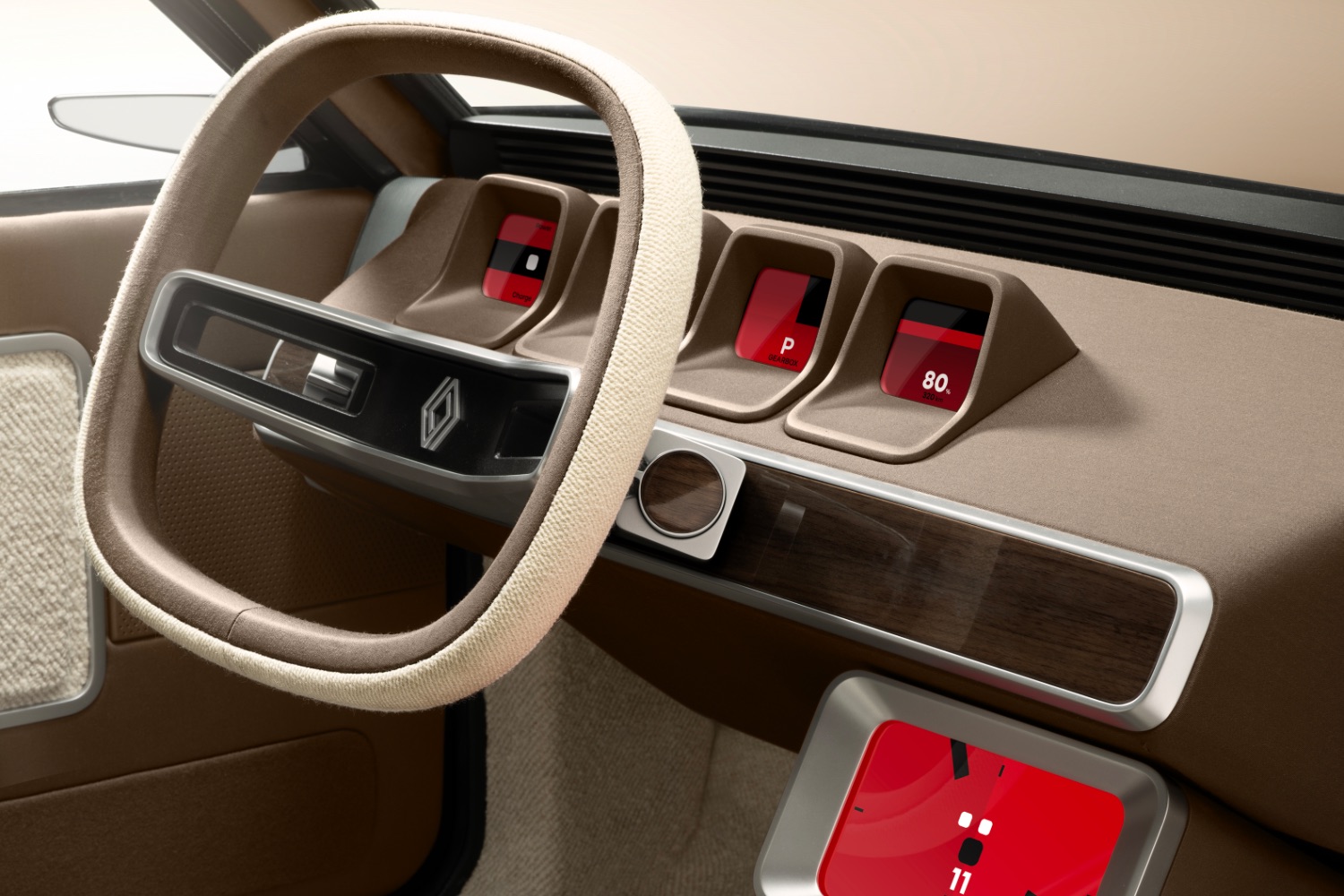
Again, the cabin has been kept largely original in its overall style but with modernistic updates. The seats keep their original ‘petal’ structure, but the materials used are now a ‘heathered satin’ and Merino wool, as well as: “a delicate lightweight wool bouclé that is both long and thick, for the beige fabric.”
There’s a digital touchscreen that uses modern software, but the instrument pack is made up of four digital pods behind a squared-off steering wheel that looks, for all the world, like an Austin Allegro’s ‘quartic’ wheel.
“We kept the most distinctive design features of Renault 17, starting with the front end. My aim was to add stye and flow, but without altering the character of R17. You can still see the original Renault 17 and its sports coupé looks. I wanted to add my own design codes, accentuating some of the characteristics with a futuristic touch to give them a more timeless look. This is what I did with the wheels, for example. My signature is also visible inside the car. We teleported Renault 17 into the future, making a few subtle changes that give it a whole new look. Our key phrase was: ‘a detail is not a detail’. There is a certain ambivalence in that it is not intended to be taken entirely at face value. We were also aiming for a light-hearted touch. Renault has a strong identity and I like that. You recognise a Renault when you see one, and this restomod is no exception to the rule,” said Ïto.
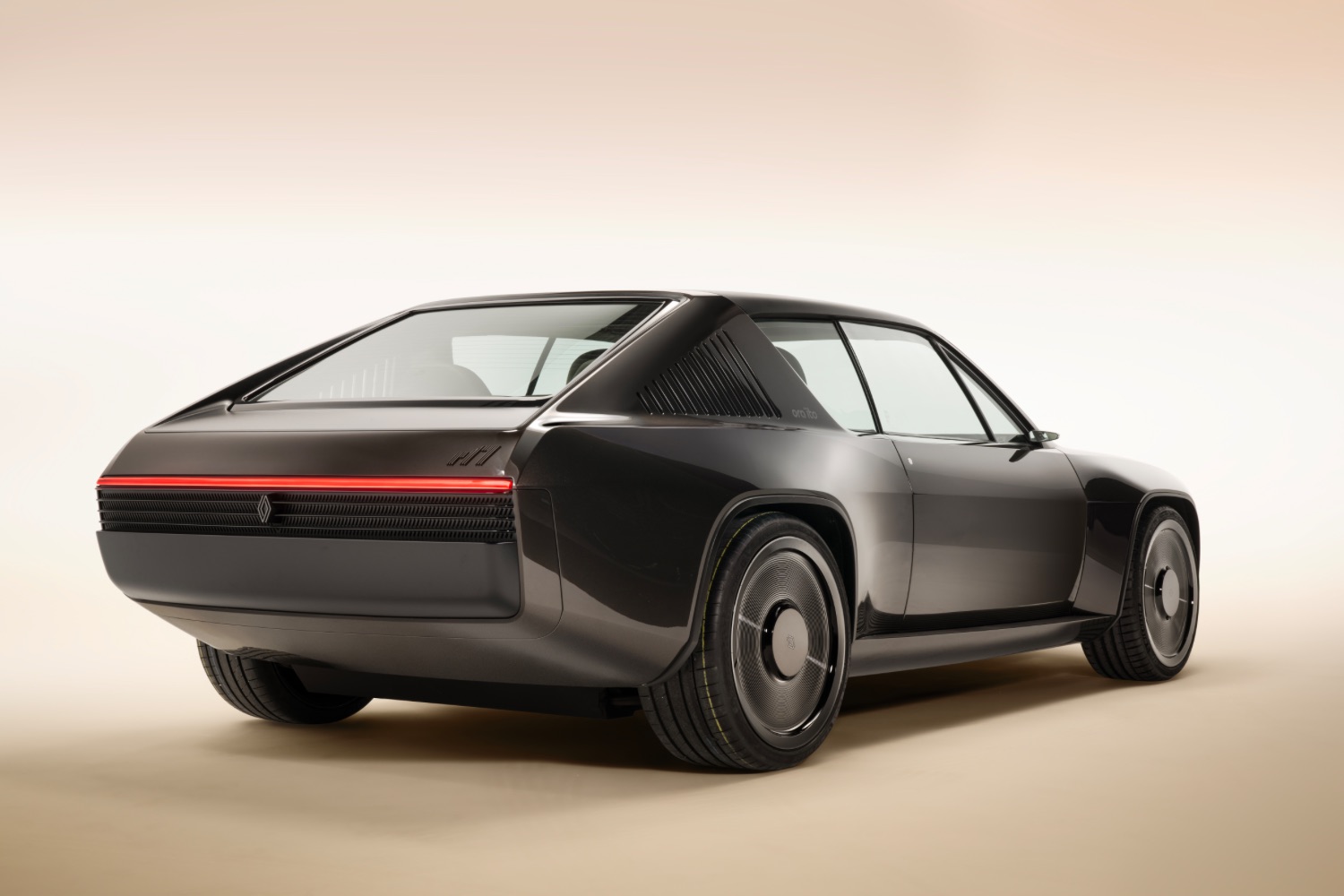
“Creating a new artistic take on R17 threw open a huge field of exploration, giving us the opportunity to come up with something unexpected and memorable. The creative dialogue between Ora Ïto and our Design team maintains the body lines and spirit of the original R17 while giving it a minimalist, ultra-contemporary look. Inside the car, the main features of R17 are given a new twist through the creative vision of Ora Ïto. The style of the geometric lines and shapes takes passengers into the comfortable world of interior design and furnishings,” said Sandeep Bhambra, Renault’s head of concept car design.
“R17 restomod, reinterpreted by Ora Ïto, aligns perfectly with our approach to uniting heritage and innovation. R17 was part of pop culture, an icon of the 1970s with its avant-garde design and bold personality. This project celebrates Renault's original iconic design while giving it a contemporary twist with new features to create an experience that transcends the generations. At Renault, we are proud to collaborate with bold talented designers such as Ora Ïto, to reinvent our iconic models while remaining true to the spirit of the brand,” said Arnaud Belloni, Renault’s head of brand.







